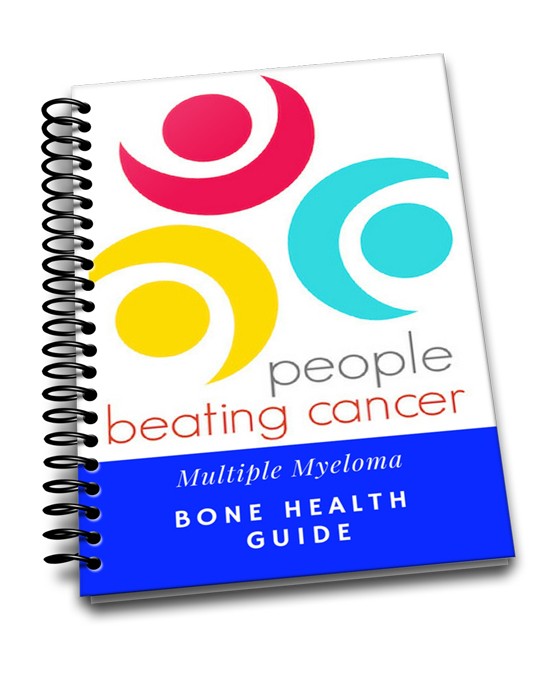A single CT scan exposes a patient to the same amount of radiation as 300 chest X-rays, and carries with it a 1-in-2,000 chance of inducing a fatal cancer and real risk of permanent side effects
I was diagnosed with multiple myeloma (MM) in early 1994. I never questioned, never gave a second throught to how much radiation I was absorbing from my diagnosis through the next several years of treatment. I didn’t consider myeloma side effects such as radiation damage. I never thought that my oncologist would prescribe diagnostic testing that would increase my risk of another cancer.
MM is a cancer of the bone marrow. Bone marrow is created in our bones. According to the ACS, 90% of MM paients will experience bone damage at some point during their experience. The other challenge facing the newly diagnosed MM patient, is that there is a good chance that you will live with multiple myeloma for years to come. That means that your bones will be continually measured, studied, x-rayed and scanned.
If your oncologist tells you to get a CT scan, you get one, right? I know I did.
I underwent a dozen CT scans, half as many MRI’s and many, many regular, X-rays between my original cancer diagnosis in ’94 through the last of my conventional therapy in ’97.
I was diagnosed with a side effect of radiation called Radiation-Induced Lumbosacral Plexopathy (RILP) in 2002.
If the article linked below is accurate and “A single CT scan carries with it a 1-in-2,000 chance of inducing a fatal cancer,” Radiation is cumulative. The negative effects of radiation don’t go away after a dozen or so years. Radiation damage is with you for your entire life. I’d say my risk of a treatment-related cancer is pretty high.
I’ve learned that conventional oncology is focused on the here and now rather than the future. Their philosophy is that the ends justifies the means. It is up to you and your caregivers to manage your radiation exposure.
The kicker is that there are evidence-based therapies shown to reduce the toxicity of radiation. The problem is those evidence-based therapies are not FDA approved.
To learn more about non-toxic methods to reduce the long term effects of radiation exposure, scroll down the page, post a question or comment and I will reply to you ASAP.
Thank you,
David Emerson
- MM Survivor
- MM Cancer Coach
- Director PeopleBeatingCancer
Recommended Reading:
If Patients Only Knew How Often Treatments Could Harm Them
“In the 15 studies examined in the systematic review for which harms were a focus, patients underestimated potential downsides in 10 of them (67 percent)…
For example, a study published in 2012 in the Journal of Medical Imaging and Radiation Oncology asked patients to estimate the risks associated with a CT scan..
A single CT scan exposes a patient to the same amount of radiation as 300 chest X-rays, and carries with it a 1-in-2,000 chance of inducing a fatal cancer.
More than 40 percent of patients underestimated a CT’s radiation dose, and more than 60 percent of patients underestimated the risk of cancer from a CT scan.”
Assessing local patients’ knowledge and awareness of radiation dose and risks associated with medical imaging: a questionnaire study.
“INTRODUCTION: To assess the awareness of radiation dose and associated risks caused by radiological procedures among local patients…
CONCLUSION:Patient radiation awareness is unsatisfactory. There is need to increase patient radiation awareness, and to provide them with the necessary information.”
Hepatotoxicity and renal toxicity induced by radiation and the protective effect of quercetin in male albino rats
“PURPOSE: Although radiation is one of the basic methods commonly used in cancer treatment, it inevitably enters the field of treatment in healthy tissues and is adversely affected by the acute and chronic side effects of radiation. This study evaluated the possible protective effects of quercetin, an antioxidant agent, against liver and kidney damage in rats exposed to a whole-body single dose of radiation (10 Gy of gamma-ray)…
CONCLUSIONS: With the results obtained from the study; Quercetin is thought to have a protective potential against radiation-induced liver and kidney damage due to its radioprotective effect…”



